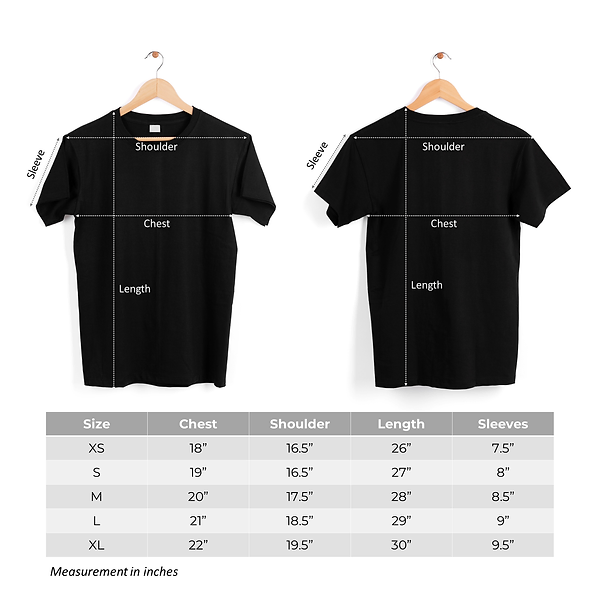Key Ingredients for Half Marathon Training
Running a fast half marathon requires a structured training approach. Unlike shorter races, a half marathon demands endurance, speed, and race-specific preparation. Follow these essential training strategies to improve your performance.
The Almighty Long Run
Long runs build endurance, enhance running efficiency, and help you sustain faster paces. If you’re a beginner, long runs are essential for developing the stamina to cover 13.1 miles comfortably.
- Start with a manageable distance and increase by one mile every 1–2 weeks.
- Include recovery weeks every 4–6 weeks where your long run distance slightly decreases.
- Beginners should aim to run at least 11 miles before race day, while advanced runners can go up to 20 miles.
All Hail the Tempo Run
Tempo runs train your body to handle lactic acid buildup, allowing you to sustain a faster pace for longer. These runs are a staple for any runner, whether training for a 5K or an ultramarathon.
- Run at a “comfortably hard” pace—approximately 10K to 10-mile race pace.
- Beginners: Start with 2–5 minutes at tempo pace, followed by 1–2 minutes of recovery jogging.
- Advanced runners: Run 3–5 miles continuously at tempo pace.
Specific Half-Marathon Workouts
To improve race-day performance, incorporate workouts that mimic the demands of a half marathon.
- Run 5K repeats at goal half marathon pace with 2 minutes of easy running recovery.
- Finish a long run of 13–18 miles with 3–5 miles at goal half marathon pace.
Final Thoughts
By integrating long runs, tempo runs, and race-specific workouts into your training, you’ll boost endurance, improve speed, and run your fastest half marathon yet.



